What is a Sales Funnel?
If you’re a small business owner, you’ve likely heard of the term “sales funnel.” But what is a sales funnel in digital marketing, and how can it help your business?
A sales funnel helps small businesses turn leads into customers.
It’s essentially a way to lead and nurture your prospects through the various stages of the buyer’s journey, from awareness to interest to decision and action. It turns your browsers into paying customers.
You are probably already using a funnel in some way and may not even realize it. After this article, you’ll see how you can take your current sales process and improve it with some of the strategies and concepts we’re going to cover.
In this article we’ll cover:
- The Important Shape of a Sales Funnel
- How a Sales Funnel Works
- The Customer Journey
- The Six Stages of the Sales Funnel Process
- Why a Sales Funnel is Important
- 3 Buyer’s Journey + Sales Funnel Examples
- Funnel Best Practices
- Mistakes to Avoid
- Marketing Tips for your Funnel
- Do Funnels Really Work?
- How to Get Started with A Sales Funnel
Let’s get started!
The Shape of the Funnel
A sales funnel isn’t just one thing, it’s actually a system that automatically moves customers through your sales process, from awareness to purchase, without you having to manually take part in each stage.
Usually, there is software involved to help the process move smoothly and not let anyone fall through the cracks and get missed.
The shape of the funnel is wider at the top and narrower at the bottom, which reflects how people move through your sales process. Fewer people make it through each stage of the sales funnel to the bottom of the funnel, but those who do are more likely to buy.
Sales Funnel Top to Bottom
Each stage of the sales funnel represents different stages in your sales process, from top to bottom.
Top of the Funnel (TOF)
This is where prospects are first exposed to your product or service. At this stage of the sales funnel, they may not be aware of their problem or even know that your product exists. Your goal at this stage is creating awareness and getting them interested in your product.
Middle of the Funnel (MOF)
This stage of the sales funnel is where prospective customers are starting to become aware of their problem and are considering solutions. They may be evaluating different options and comparing them to see which one is the best fit.
Your goal at this interest stage is to get them to try your product or service.
Bottom of the Funnel (BOF)
At this stage, the sales funnel narrows, and potential buyers are ready to buy and are just looking for that last push to make a decision. Your goal at this stage of the buying journey is to close the deal and get them to purchase your product or service.
The shape of the funnel illustrates how people move through your sales process, from awareness to purchase.
Fewer people make it through all the stages of a sales funnel to the bottom of the funnel, but those who do are more likely to buy.
Understanding the buying process and the different parts of the funnel can help you better target your marketing and improve your sales results.
How A Sales Funnel Works With The Buyer’s Journey
In order to understand how a sales funnel works, it is first necessary to understand the different stages of the customer journey.
The four main stages of the purchasing journey are Awareness, Interest, Decision, and Action.
Awareness: This is where the sales funnel begins. During the awareness stage, potential customers first become aware of your product or service. It is important to generate interest at this stage through effective marketing and advertising.
Interest: Once potential customers are aware of your product or service, they must then be interested enough to want to learn more. This is usually accomplished by providing more information about the product or service, such as case studies, testimonials, and free trials.
Decision: In this stage, buyers have all the information they need to make a decision about whether or not to purchase your product or service. It is important to provide a clear call-to-action at this stage so that customers know what they need to do in order to buy.
Action: This is the final stage of the customer journey, where you convert prospects to make a purchase. Congratulations! You have now successfully converted a lead into a customer.
The buyer’s journey directly relates to the shape of the funnel and to the stages of the sales funnel process.
What are the Stages of A Sales Funnel Process
There are different steps involved in a sales funnel process, but the basic idea is that you first attract leads with other marketing efforts (such as SEO, content marketing, or PPC), then you nurture them through the sale process with follow-up emails, phone calls, or personalized content. Finally, you close the deal and earn their business.
Let’s go deeper into the six stages of a sales funnel.
The Six Sales Funnel Stages
Though each small business with has its own unique funnel, the basic steps of the sales funnel will be similar. There are six steps that move from new prospect to brand advocate – where they help sell for you.
The six steps of the sales funnel explained:
1. Attracting leads with marketing efforts
This is the first step in the sales funnel, and it involves getting prospective customers interested in your product or service. This happens at the top of the funnel and the awareness stage of the buyer’s journey. This can be done through various marketing efforts, such as advertising, content marketing, and search engine optimization (SEO), and is commonly referred to as lead generation.
Website visitors commonly enter your funnel with a lead magnet such as a freebie offer, a coupon, or a free trial. This is best done with a high-converting landing page with an irresistible offer.
RELATED: 13 Free Canva Lead Magnet Template
You can also drive traffic to your landing page with a Facebook Ad or other paid ads. You can add a link to each blog post, social media posts, and printed marketing materials.
Then email marketing can take over nurturing your new leads.
2. Nurturing leads with follow-up emails, phone calls, or personalized content
Once you have attracted a prospect’s attention, it is important to nurture those new leads with follow-up communications. Here they are all in the middle of the funnel and in the interest stage of the buyer’s journey.
This could include sending them additional information with relevant messaging about your product or service, following up with them after they have received your initial communication, or even calling them to answer any questions they may have.
Here they move into the decision phase of the buyer’s journey.
3. Closing the deal and earning their business
The third step in the sales funnel is closing the deal and earning the customer’s business. This is where you finalize the sale and secure their purchase. This is the bottom of the funnel and at the action stage of the buyer’s journey, but this is not the end of the sales funnel process.
4. Delivering the product or service
The fourth step in the sales funnel process is delivering the product or service to the customer. This involves fulfilling their order and ensuring they are satisfied with what they have received.
Some small businesses stop at this stage and lose customer retention, customer loyalty, and gaining those raving fans that will advocate for your brand.
Successful businesses move through the next two stages with every customer.
5. Following up post-purchase to ensure satisfaction and repeat business
Once the customer has received the product or service, it is important to follow up with them to ensure they are satisfied. This could involve checking in with them after they have used the product or service or even offering them discounts on future purchases.
These follow up actions help grow customer loyalty.
6. Asking for referrals to expand your customer base
The final step in the sales funnel process is asking for referrals. This is where you reach out to your satisfied existing customers and ask them to recommend your product or service to their friends or family. This is a great way to expand your customer base and grow your business.
Following these six steps will help you to successfully navigate the sales funnel and grow your business. And remember, this does not have to be done by hand, manually for each sale.
Much of the process can be automated to make it easy and efficient. Yay!
Why is a sales funnel important?
As you can see, the sales funnel is an important process for any small business. By nurturing leads and guiding them through the sales process, businesses can increase their chances of making a sale, but there are so many other benefits on top of profits.
Some additional benefits of using a sales funnel include:
Saving time:
A sales funnel can help businesses save time by automating the lead conversion process.
Saving money:
By converting more leads into customers, businesses can save money on marketing and advertising costs.
Improving customer relationships:
A sales funnel can help businesses nurture their relationships with prospects and turn them into long-term customers.
Increasing sales:
Ultimately, the goal of a sales funnel is to increase conversions and drive more sales. By following a sales funnel process, businesses can increase their chances of making a sale.
A sales funnel is an important tool for any business, large or small.
By using a sales funnel, businesses can save time and money while improving their customer relationships. Ultimately, a sales funnel can help businesses increase their sales and reach their goals.
A Sales Funnel Example
While all businesses use some form of a sales funnel, the specific steps will vary depending on the type of business. Let’s look at 3 different businesses, their customer’s buying journey, and how they could use a sales funnel in their sales process.
For example, a hair salon might use a sales funnel that looks something like this:
Awareness: Prospects are made aware of the salon through advertising, word-of-mouth, or other means.
Interest: Prospects evaluate whether the salon can meet their needs, such as by looking at reviews, visiting the salon in person, or speaking to friends who have been there.
Decision: Prospects decide whether or not to book an appointment.
The salon could generate leads by offering a first-time customer discount and then continue to market to the prospect via email and retargeting ads.
Here is an example of a hair salon sales funnel. Click here.
Similarly, an accountant might use a sales funnel that looks like this:
Awareness: Prospects are made aware of the accountant through advertising, word-of-mouth, or other means.
Interest: Prospects evaluate whether the accountant is a good fit for their needs by looking at reviews, visiting the website, or speaking to friends who have used the accountant’s services.
Decision: Prospects decide whether or not to schedule a consultation.
The accountant could generate leads by offering a free consultation or a free guide on lowering small business taxes and then continue to market to the prospect via email and retargeting ads.
Here is an example of the beginning of an accountant sales funnel. Click here.
Finally, a restaurant might use a sales funnel that looks something like this:
Awareness: Prospects are made aware of the restaurant through advertising, word-of-mouth, or other means.
Interest: Prospects evaluate whether the restaurant is a good fit for their needs by looking at reviews, visiting the website, or speaking to friends who have eaten there.
Decision: Prospects decide whether or not to make a reservation.
The restaurant could generate leads by offering a coupon for a discount or a free appetizer and then continue to market to the prospect via email and retargeting ads.
Here is a restaurant sales funnel example. Click here.
As you can see, each type of business will have a slightly different sales funnel, but they all follow the same general structure. By understanding how a funnel works, you can more effectively market your business and convert prospects into customers.
Let’s look at some best practices for an effective sales funnel.
Sales Funnel Best Practices
Sales funnels can be extremely effective in growing your business, but there are a few things to keep in mind for best results.
First, it’s important to have realistic expectations for your funnel. Don’t expect every lead to turn into a customer overnight. It takes time and effort to nurture prospects through the sales process.
Second, make sure you’re tracking your results so you can see what’s working and what’s not. Use analytics to measure your website traffic, conversion rates, and other key metrics. This will help you tweak your funnel as needed and make continuous improvements.
Next, follow these best practices you should follow when setting up your sales funnel:
1. Define your target audience and create buyer personas to help you better understand their needs and pain points.
2. Research the competition and set yourself apart with unique selling points (USPs).
3. Create content that speaks to your target audience and leads them down the sales funnel (such as blog posts, ebooks, infographics, etc.).
4. Use lead nurturing tactics such as email marketing and lead magnets to move prospects further down the funnel.
5. Set up tracking and measurement so you can see what’s working and what’s not.
6. Always be testing and optimizing your sales funnel for better results.
Following these best practices, you can set up a sales funnel that will help you turn more leads into customers and grow your business.
Sales Funnel Mistakes to Avoid
Finally, avoid common mistakes such as over-complicating your funnel or failing to nurture your leads. Keep it simple and focus on providing value at every stage of the buyer’s journey.
There are also some common mistakes businesses make with their sales funnels, which include:
1. Not having a clear understanding of their target audience or buyer persona.
2. Not doing enough research on the competition.
3. Not having a clear value proposition or USP.
4. Not creating enough high-quality content.
5. Not nurturing leads properly with timely and relevant information.
6. Not measuring and tracking results so you can optimize your sales funnel.
Some Marketing Tips for Sales Funnel Success
Here are some tips to help you market your sales funnel more effectively:
1. Use SEO to drive traffic to your website and blog content.
2. Create attention-grabbing headlines and eye-catching visuals.
3. Write compelling copy that speaks to your target audience’s needs and pain points.
4. Use social media to promote your content and drive traffic to your sales funnel landing pages.
5. Use paid advertising to drive targeted traffic to your sales funnel.
6. Always test and optimize your sales funnel for better results.
By following these tips, you can set up a successful sales funnel that will help you close more deals and grow your business.
Do sales funnels really work?
This is a question that many business owners ask, especially those who are new to the online world. The answer is yes and no. It all depends on how you set up your funnel and what you’re using it for.
If you’re selling a product or service, then a sales funnel can be a great way to increase conversions, make more sales, and build customer loyalty. It can take the burden off your sales reps or the business owner (if you do the sales) and free up more time for building customer relationships, creating new innovative products, and scaling for growth.
However, if you’re not clear on your goals, if you have a leaky funnel or a poorly built funnel, you can end up wasting time and money if you are not careful.
The key to making a sales funnel work is to have a clear understanding of what you want to achieve, then set up your funnel accordingly, and continually test and tweak it to ensure it is optimized and high-converting.
If you do this, then you’ll be able to maximize your chances of success.
How to Get Started with A Sales Funnel
As you can see, sales funnels are an essential part of any business, yet they can be difficult to create and manage. However, with a little know-how, you can easily build a funnel that will help you increase your conversion rate and boost your bottom line.
The first step in creating a sales funnel is to determine your target audience. Who are you trying to reach with your product or service? Once you know who your target market is, you can begin to create content that speaks to their needs and Pain Points.
Once you have determined your target market and created content that resonates with them, it’s time to start driving traffic to your funnel.
A well-built funnel will guide prospects through the sales funnel stages, and the best way to build a funnel is sales funnel software.
Sales Funnel Tools
The best sales funnel tool will vary depending on your needs. If you’re just starting out, an email software service like Constant Contact can be a great way to collect leads and build your first sales funnel.
If you’re looking for something more robust, Kartra and ClickFunnels are both great options that offer a wide range of features to help you automate your sales funnel.
No matter which sales funnel tool you choose, the important thing is to start building your funnel today because every business needs a funnel. The sooner you get started, the sooner you’ll start seeing results.
Looking for some ready-made sales funnel templates for your business? See how Torie Mathis can help!
About Digital Marketing Expert Torie Mathis

Torie hosts SMART AF, a show for non-techy entrepreneurs looking to grow their business, with her husband Sean and is the creator of SMART AF Magazine. Learn from Torie at the Smart Arsenal and on her channel.
What do you think? Let's talk! Leave a comment.
YOU MAY ALSO LIKE
Hi! I'm Torie!

You don’t need crazy tech skills, buckets of cash, or dedicated staff to market your business. You don’t even need a lot of time.
What you need is to be SMART.
Smart Marketing For
Get Smart AF
DELIVERED TO YOUR INBOX
from your Digital Marketing Coach Torie Mathis!
Let's get SMART!
Let's Connect!
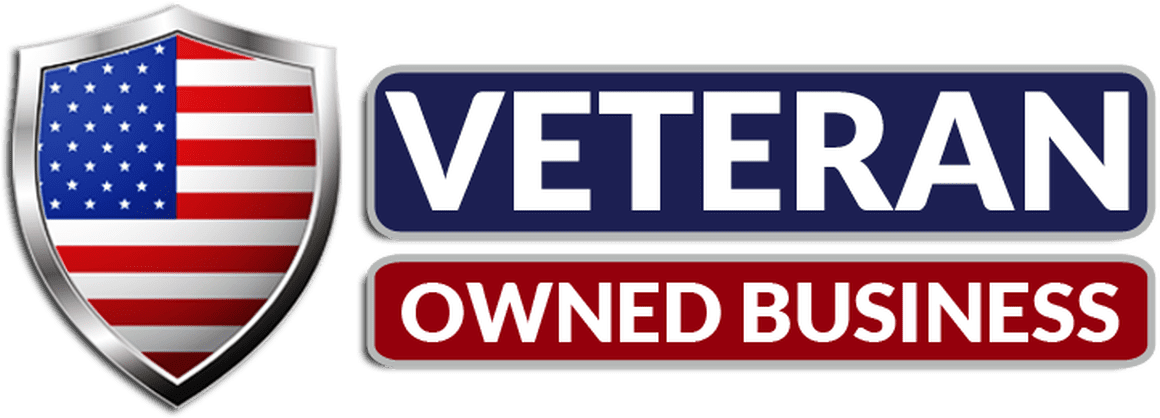
*Posts may contain affiliate links. If you use these links to purchase, I may earn a commission at no additional cost to you.

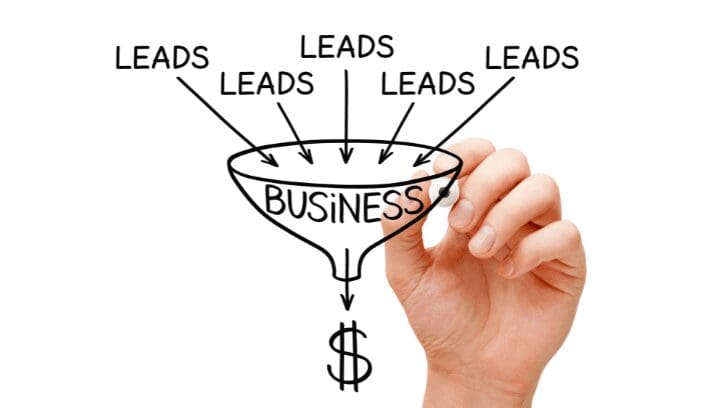
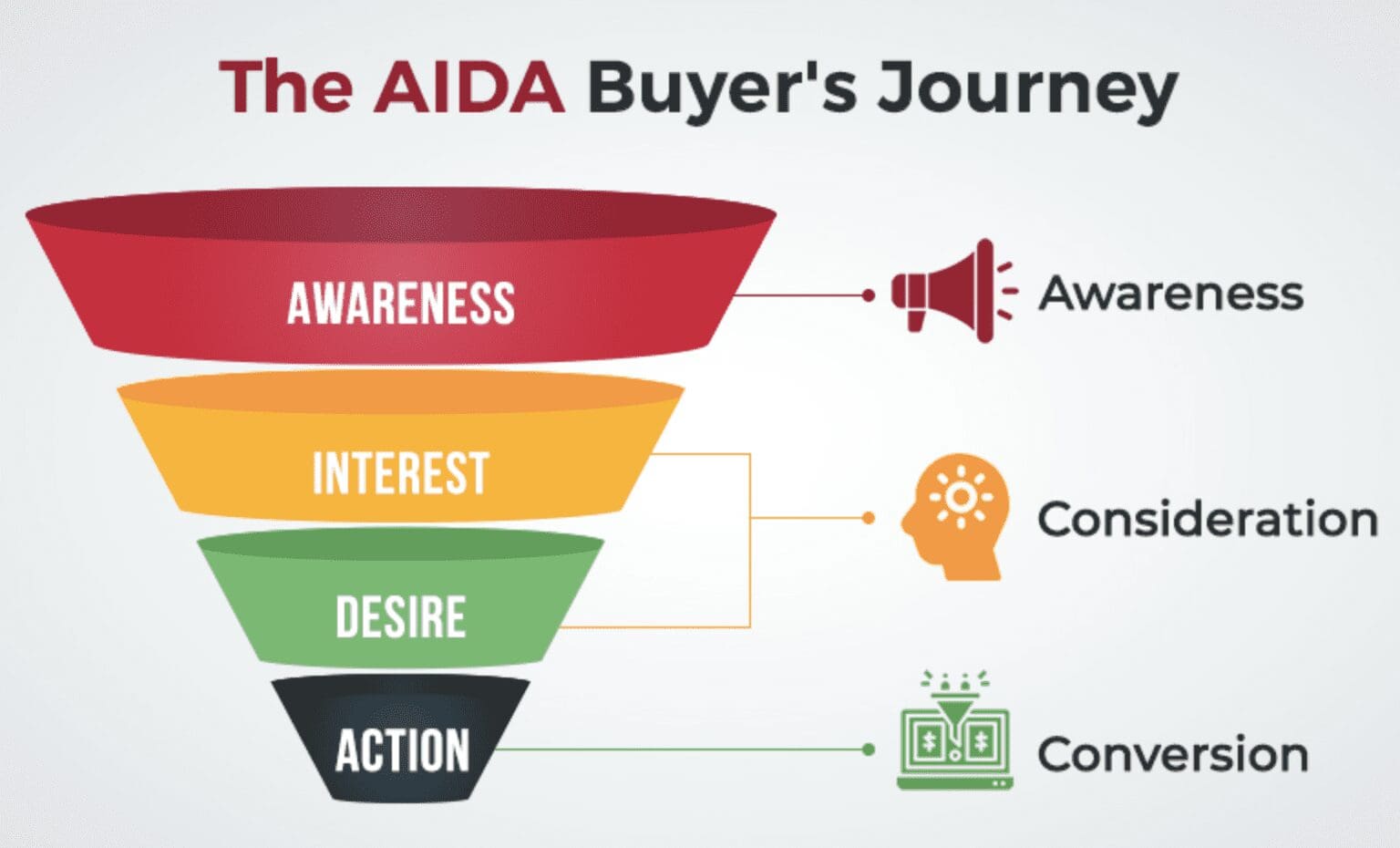
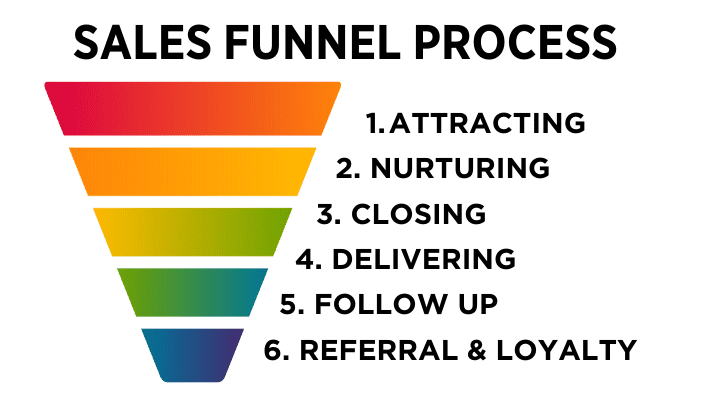
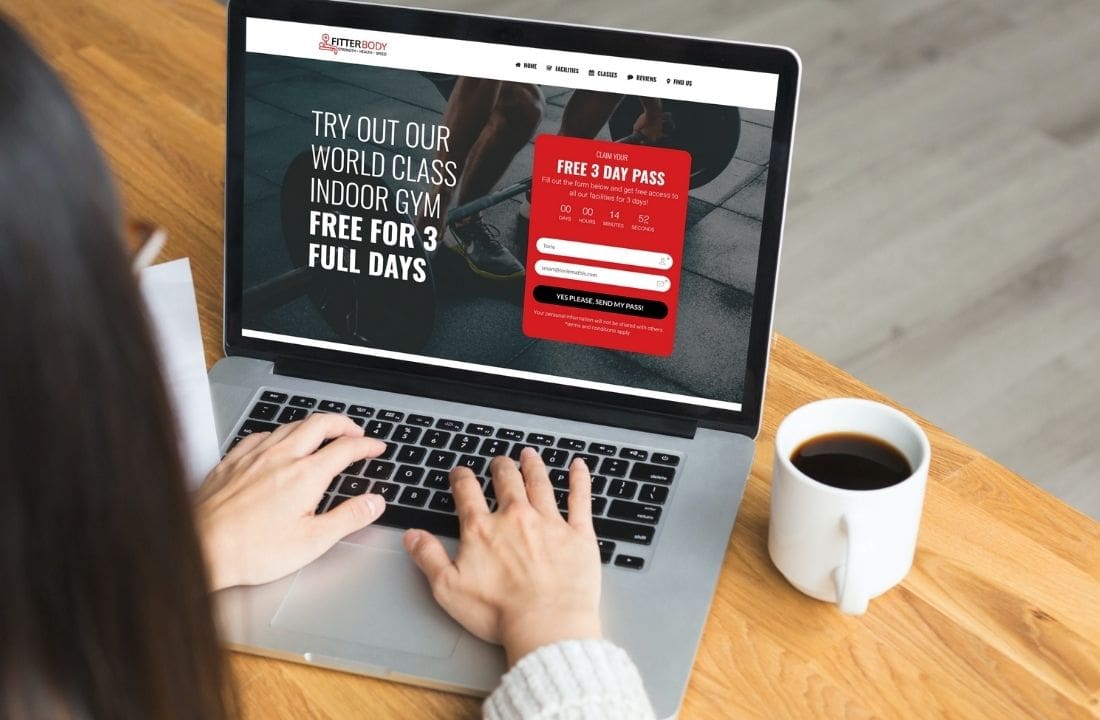
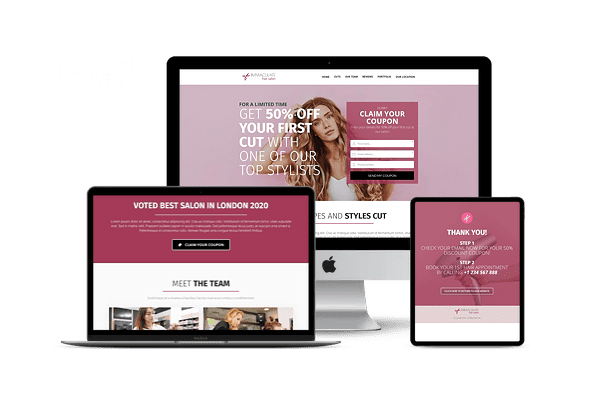
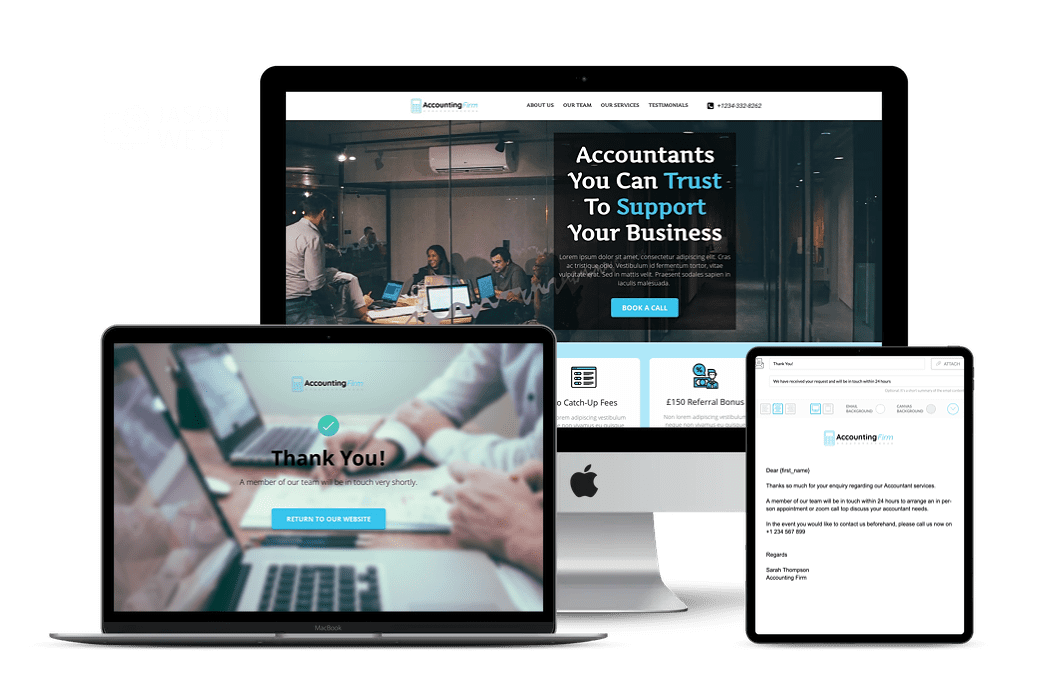
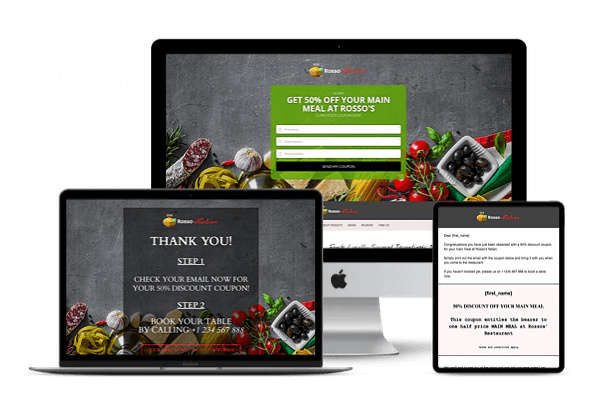


 I help entrepreneurs learn digital marketing.
I help entrepreneurs learn digital marketing.
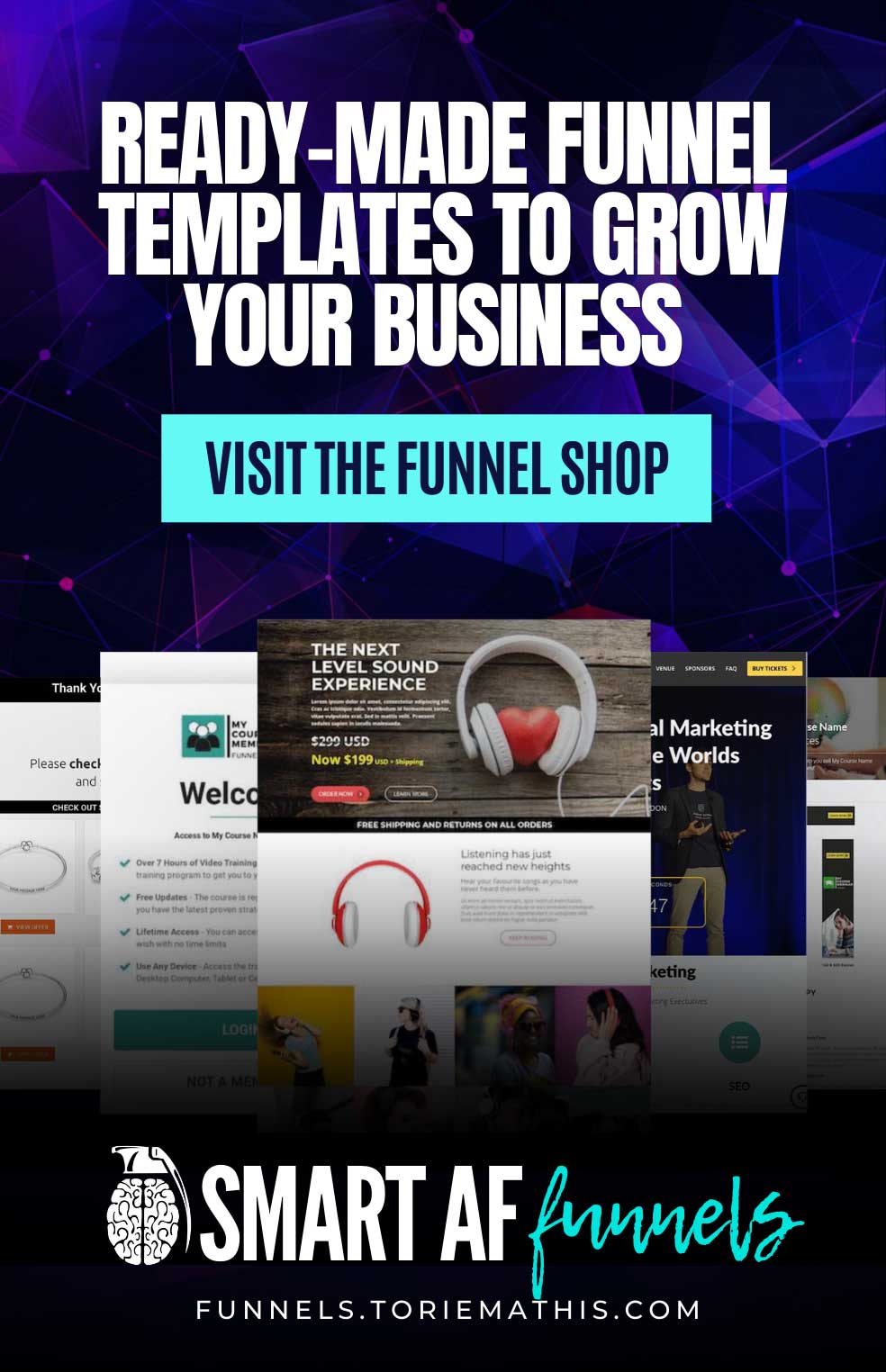
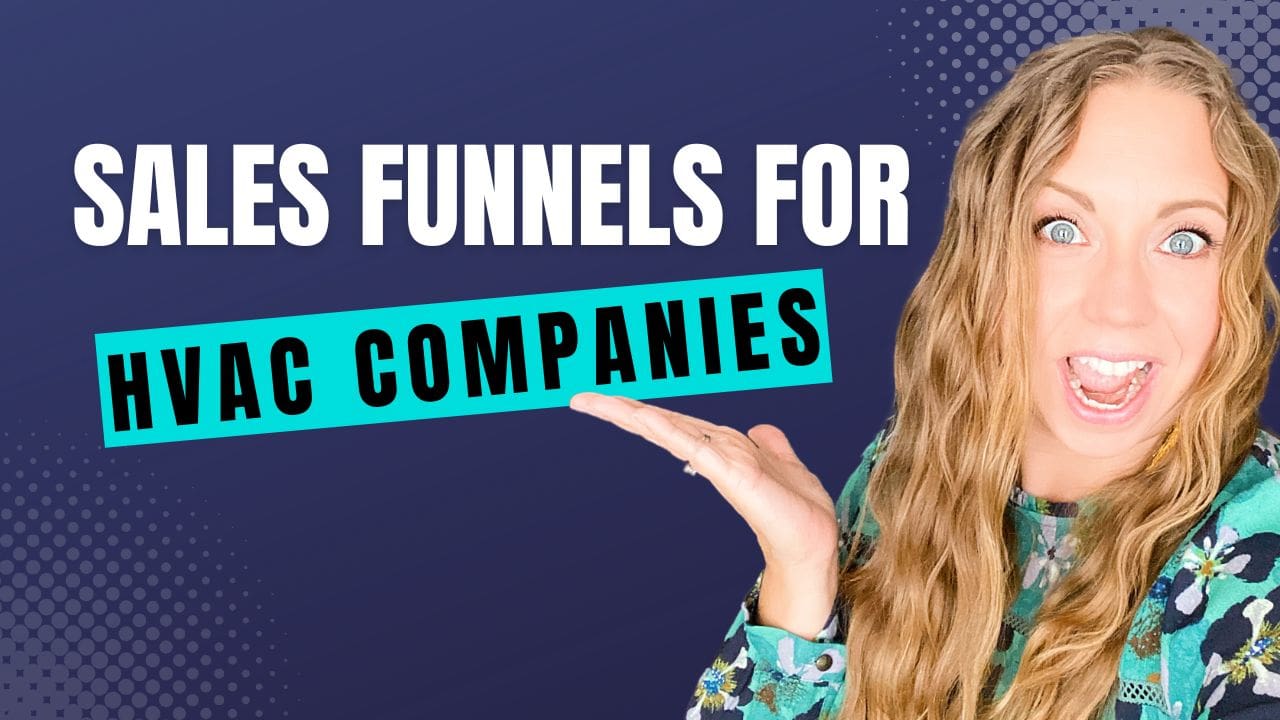
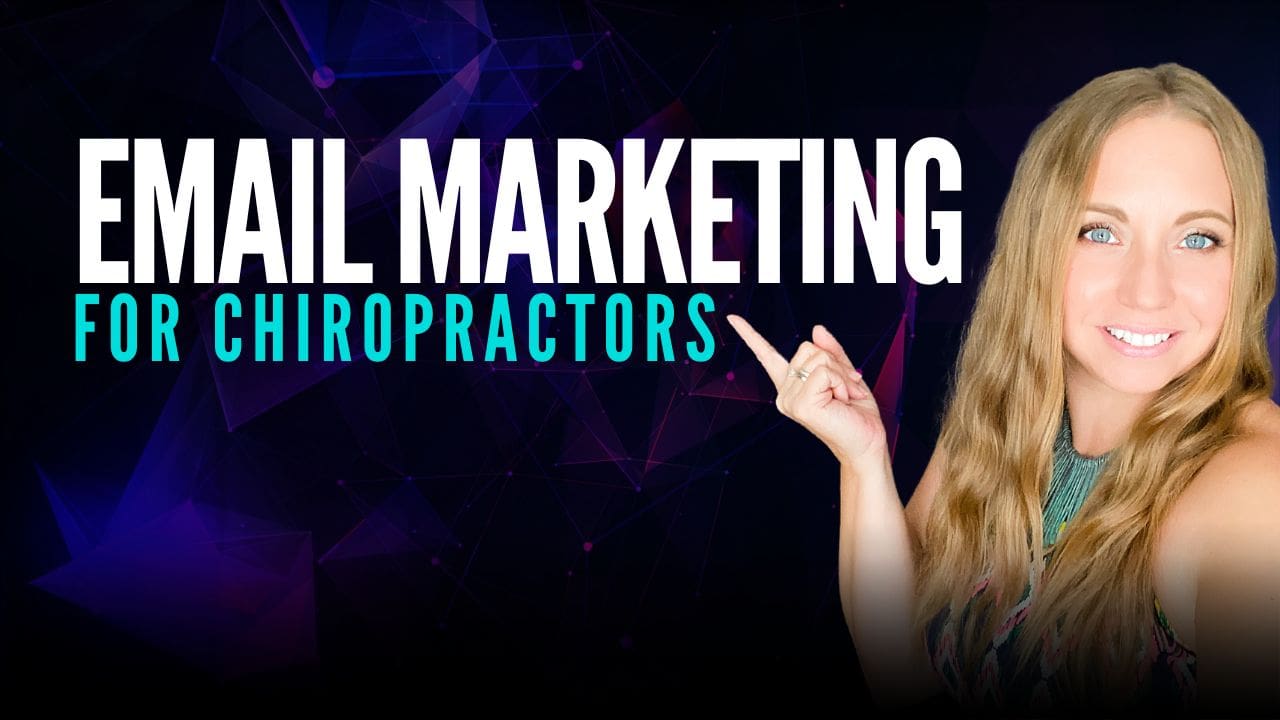
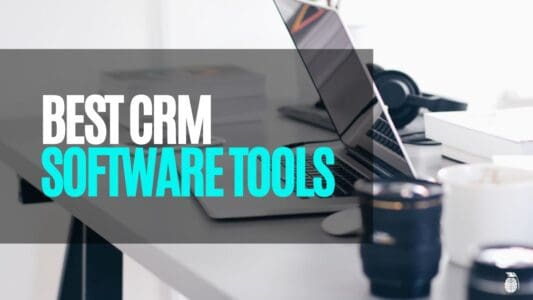
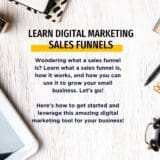
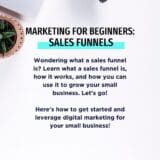

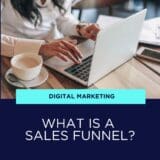
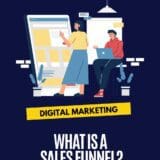
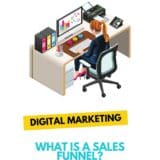
0 Comments